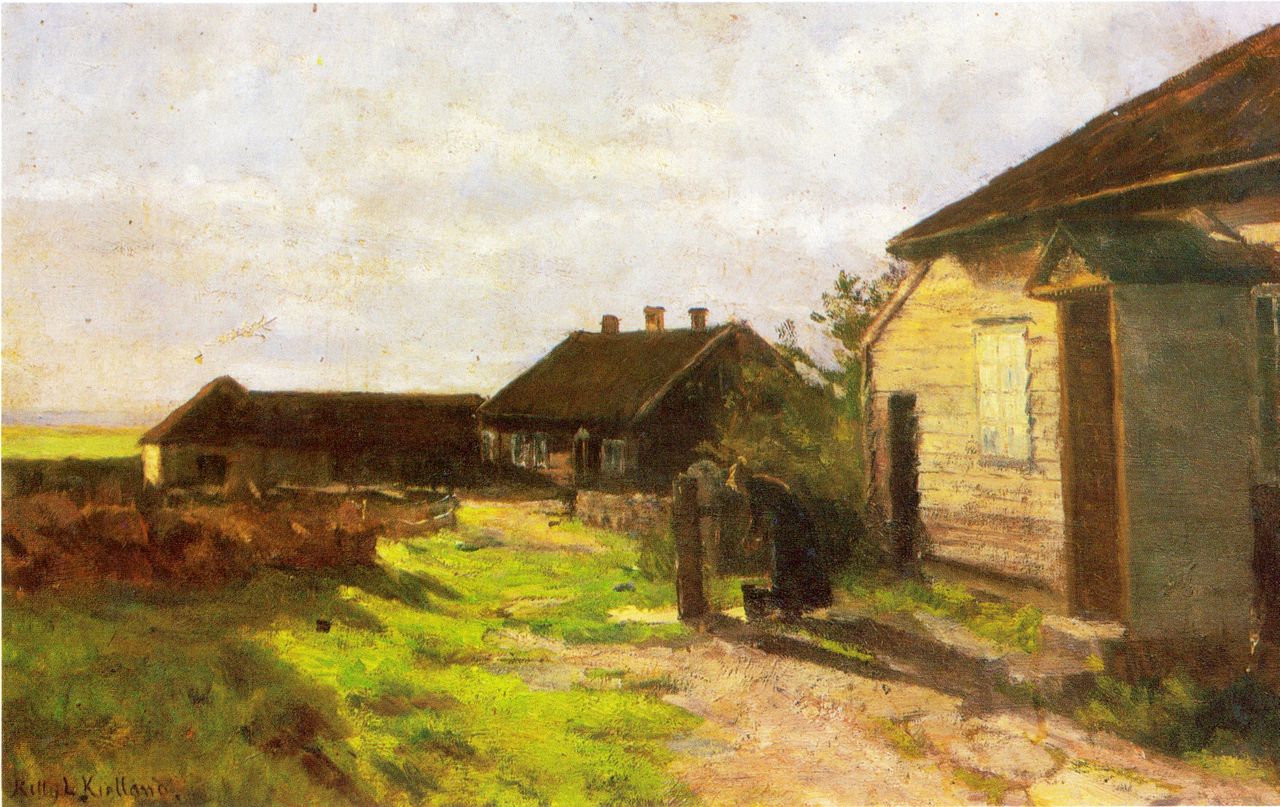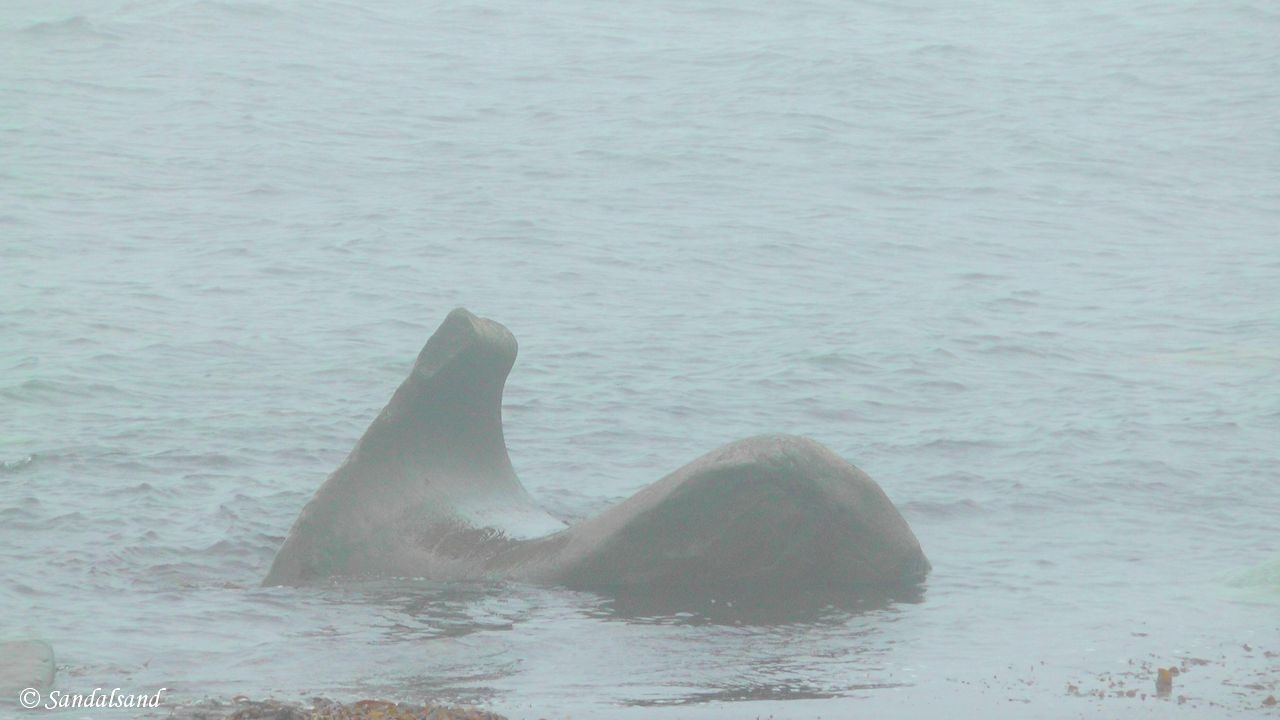This is about the Brusand hike, one of many hikes on the coast of Jæren, Norway. The hike is 9.4 km one way.
Orientation
Kvassheim – Brusand – Ogna (Hå): This is a varied hike. Kvassheim has a nice little harbour and lighthouse, and the first few km southwards are on grassland passing boulder and pebble beaches. At Brusand we walk along a very long sandy beach. At Ogna there is a distinct shift in geology – the hills mark the end of Jæren.
We walked the 9.4 km in the opposite direction, starting at Ogna. There is no proper circular route to hike, and to avoid backtracking our steps we used two cars. There is no public transportation to Kvassheim. Brusand and Ogna have train service and available public parking. Strollers and bicycles are not possible to bring along on this hike. On the other hand it is a quite easy walk. There are no marked paths, just follow the shore.
This article presents one of many hikes on the coast of Jæren, Norway. Get an overview and browse the rest here. Check out the map details on this link.
What to see on a foggy day?
The Jæren poet Arne Garborg once wrote about Jæren:
“…Over it all the sky spreads wide and grey, from the mountain farm to the sea, and as far as one can see – the only light on life. It is in sight wherever one goes, almost always looming full of clouds and storms. Sometimes it sinks to the ground and covers the land in rain and fog as a cloth. And it rains and rains until the land floods.” (From his novel “Fred” (1892), my translation)
This was a day like that, apart from the rain. The fog made it at times hard to see more than a hundred metres around. It did not lift until we had finished our hike and were returning home. On the other hand, the fog gave us an exciting experience. What was awaiting around the bend, over the next sand dune?
Ogna
Here at Ogna the landscape character changes dramatically, from the flat lowlands of Jæren to the rolling hills in the region of Dalane. The bedrock of Dalane consists mostly of granite, 930 million years old. The path from the railway station at Ogna, where we parked, is not easy to find as it meanders among the hills between small, secluded beaches.
Brusand beach
Soon we reach the very long Brusand beach, a wonderful place even on a grey day. There are camping sites on both ends, to a large extent occupied by caravans on long-term contracts. (Check out my series of articles on the Story of campsites in Norway).
Kitesurfing combines windsurfing and paragliding, and has become very popular in Norway. The experts would state that some of the best surf in Norway is found on the coast of Jæren, in particular on the beaches of Hellestø, Bore and here at Brusand. I must admit it looked fascinating, and kind of tempting as well. The surfers we discovered in the midst of the fog managed to pick up very good speed.
Brusand beach is long, almost 3 kilometres, and quite wide as well. The sandy beach is about 20 metre wide ending in some fairly high dunes. Behind the dunes we find a low-lying wetland and a breakwater lagoon called Vaulen. The lagoon dries out at times and empties itself into the sea at the north-western end of the beach. Large slabs of concrete have been laid out across the creek offering a crossing without getting your feet wet.
Holmastø
It is possible, a few hundred metres after Holmestø, to make a detour up a small hill called Ørnekula. We skipped it in this weather. In good weather one gets a nice view from the top, as well as visible remains of German gun positions, trenches and so on from WW2. Instead we continued north on the backdunes between the cultivated farming land and the higher dunes separating us from the shore.
Kvalbein beach
The next landmark on this hike is the famed “White boathouse” at Kvalbein beach. The boathouse is not worthwhile lingering at, and it is not a picturesque building at all. Its fame derives from the fact that there was a rowboat stationed here from 1894 to 1977 used for salvaging operations. It was a flat-bottomed boat enabling it to ride the waves to come to the rescue of sailors whose ships had capsized off the shore. The boat was manned by people from the local farms. From the start until 1947 they rescued a hundred people. (Read more on salvaging activitities on Jæren in my article called The Coastline Explained.)
As described in that same article there was widespread activity on this coastline at the end of the 19th century to plant lyme grass and marram grass as a means to stop the sand from flying onto the fields. These types of beachgrass have extensive root systems binding the sand, clearly seen on the picture below.
Kvassheim lighthouse
From the former salvage station there is an easy walk on grassland for the remaining two kilometres. At the end we reach the lighthouse and harbour at Kvassheim. It was built in 1912 as the last of the lighthouses on this coast. The lighthouse was automated in 1990. Today it has a cafe and exhibitions. The harbour is a nice place, occupied by small fishing vessels.
Here at Kvassheim we find some Iron Age burial mounds found as well.
At Kvassheim we got into our first car and returned to Ogna to pick up the second. We made two stops on the way.
Hitler’s teeth
The first was at the northern end of Brusand beach to have a closer look at the “Hitler teeth” invasion stoppers built inside the beach. During the Second World War their function was to obstruct armoured vehicles on a suspected Allied invasion of Norway. There were two elements: A six metres wide and three metres deep ditch in the northern end; and a large stone fence of concrete and natural boulders.
The Sea Rescue Museum
Our next stop was at the Sea Rescue Museum at Varden (Ogna Camping). It was closed on our visit, but is quite small. Looking through the windows it seemed like containing old pictures, equipment and the boat called Tryg used during salvaging operations until 1965. This boat used to be stationed at the aforementioned “White boathouse” between Brusand and Kvassheim.
Video from hike
Further reading
This article presents one of many hikes on the coast of Jæren, Norway. Get an overview here. The hikes and corresponding articles are sorted in a north to south order. The adjacent hikes are:
North: Varhaug Old Cemetery – Madland – Haarr – Kvassheim (Hå): Madland and Kvassheim offer small picturesque harbours. If you are driving the coast of Jæren, Haarr is the place to stop to enjoy the pebble beach, the ocean, the waves, the wind, the sky, and the flat farming land of Jæren behind you. The northern part, between Varhaug and Madland is one of the best hikes on the entire coastline. (8.9 km)
South: None. This was the last article in the north to south sequence.

Kitty Lange Kielland (1843-1914) – Kvalbein Farm (1904) (Source: Wikimedia Commons)
Read more in my special article about Jæren’s geology, flora, fauna, history, people and art: Jæren – The coastline explained.
Les om strandturene på Jæren på “Sandalsand Norge”


